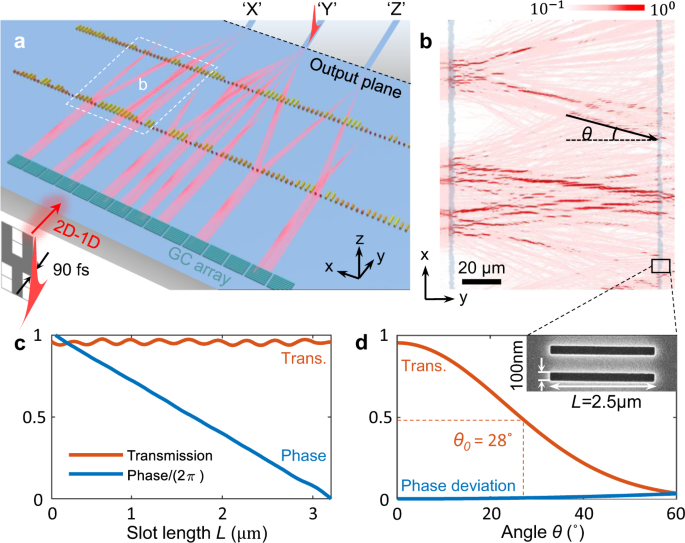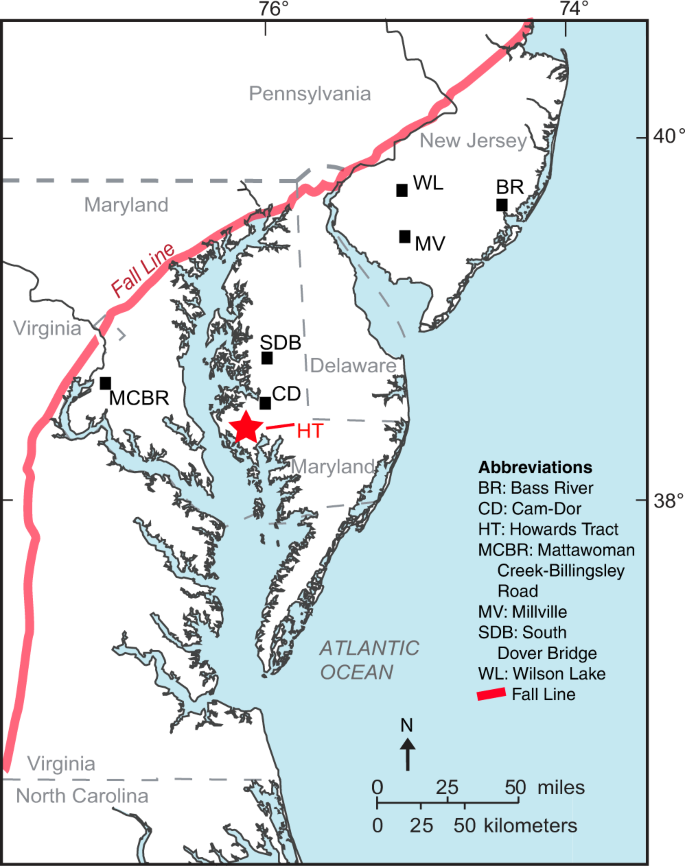UDエンジニアリングの研究者は、最先端のコンピューティングデバイスを作成している。 UD Engineering’s Tingyi Gu, fellow researchers are creating state-of-the-art computing devices
2022-12-12 デラウェア大学 (UD)
電気・コンピューター工学科のTingyi Gu助教授の研究室では、集積フォトニックデバイスの分野の限界に挑戦しているところです。ハイリスク・ハイリターンの研究戦略で、グーの研究グループは、光通信、センシング、コンピューティングの幅広い応用に向けた新しいチップ設計とユニークな材料の応用で成果を上げている。
フォトニックデバイスとは、光を作り出し、制御し、検出することができるデバイスのことで、フォトニック集積回路は、データ解析などさらに複雑な機能に光を利用することができるようになる。
2019年、Guと大学院生のZi Wangは、統合フォトニックプラットフォーム上で堅牢な波面制御を行うためのオンチップ変換光学設計原理を開発し、これは量子光学など他の分野に関連する複雑なプロセスに使用することができる。
現在、グループの最新のNature Communications論文は、高度なコンピューティング機能をこれらのフォトニックチップ上に直接統合することができることを実証しています。
Advanced Materials』誌に掲載された2つ目の論文は、Gu教授の研究室が、他の用途の材料からどのようにインスピレーションを得て、それがフォトニックメモリに使えるかどうかを評価している様子を示している。
今回、研究グループは、電子デバイスにはよく使われているが、光応用にはあまり取り入れられていないセレン化インジウム(In2Se3)を研究し、結晶相と非晶質相の間ではなく、異なる結晶相の間でシフトすることで光メモリを作成できないかどうかを検討しました。
今回の研究では、主執筆者のTiantian Li(元大阪大学ポスドク、現西安郵電大学准教授)が、まず、シミュレーション結果に基づいて、セレン化インジウムの相転移メカニズムが当初の理論とは異なることを発見した。そして、この理論的知見をもとに、異なる結晶状態間の相変化を行い、ナノ秒の短い光パルスを用いた光メモリーを作製しました。
<関連情報>
- https://www.udel.edu/udaily/2022/december/tingyi-gu-electrical-computer-engineering-photonics-optics/
- https://www.nature.com/articles/s41467-022-29856-7
- https://onlinelibrary.wiley.com/doi/abs/10.1002/adma.202108261
通信波長域での画像分類のための集積型フォトニックメタシステム Integrated photonic metasystem for image classifications at telecommunication wavelength
Zi Wang,Lorry Chang,Feifan Wang,Tiantian Li & Tingyi Gu
Nature Communications Published:19 April 2022
DOI:https://doi.org/10.1038/s41467-022-29856-7

Abstract
Miniaturized image classifiers are potential for revolutionizing their applications in optical communication, autonomous vehicles, and healthcare. With subwavelength structure enabled directional diffraction and dispersion engineering, the light propagation through multi-layer metasurfaces achieves wavelength-selective image recognitions on a silicon photonic platform at telecommunication wavelength. The metasystems implement high-throughput vector-by-matrix multiplications, enabled by near 103 nanoscale phase shifters as weight elements within 0.135 mm2 footprints. The diffraction manifested computing capability incorporates the fabrication and measurement related phase fluctuations, and thus the pre-trained metasystem can handle uncertainties in inputs without post-tuning. Here we demonstrate three functional metasystems: a 15-pixel spatial pattern classifier that reaches near 90% accuracy with femtosecond inputs, a multi-channel wavelength demultiplexer, and a hyperspectral image classifier. The diffractive metasystem provides an alternative machine learning architecture for photonic integrated circuits, with densely integrated phase shifters, spatially multiplexed throughput, and data processing capabilities.
集積型フォトニックメモリを目指した層状インジウムセレナイド間の構造相転移 Structural Phase Transitions between Layered Indium Selenide for Integrated Photonic Memory
Tiantian Li,Yong Wang,Wei Li,Dun Mao,Chris J. Benmore,Igor Evangelista,Huadan Xing,Qiu Li,Feifan Wang,Ganesh Sivaraman,Anderson Janotti,Stephanie Law,Tingyi Gu
Advanced Materials Published: 18 April 2022
DOI:https://doi.org/10.1002/adma.202108261
Abstract
The primary mechanism of optical memoristive devices relies on phase transitions between amorphous and crystalline states. The slow or energy-hungry amorphous–crystalline transitions in optical phase-change materials are detrimental to the scalability and performance of devices. Leveraging an integrated photonic platform, nonvolatile and reversible switching between two layered structures of indium selenide (In2Se3) triggered by a single nanosecond pulse is demonstrated. The high-resolution pair distribution function reveals the detailed atomistic transition pathways between the layered structures. With interlayer “shear glide” and isosymmetric phase transition, switching between the α- and β-structural states contains low re-configurational entropy, allowing reversible switching between layered structures. Broadband refractive index contrast, optical transparency, and volumetric effect in the crystalline–crystalline phase transition are experimentally characterized in molecular-beam-epitaxy-grown thin films and compared to ab initio calculations. The nonlinear resonator transmission spectra measure of incremental linear loss rate of 3.3 GHz, introduced by a 1.5 µm-long In2Se3-covered layer, resulted from the combinations of material absorption and scattering.



